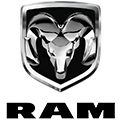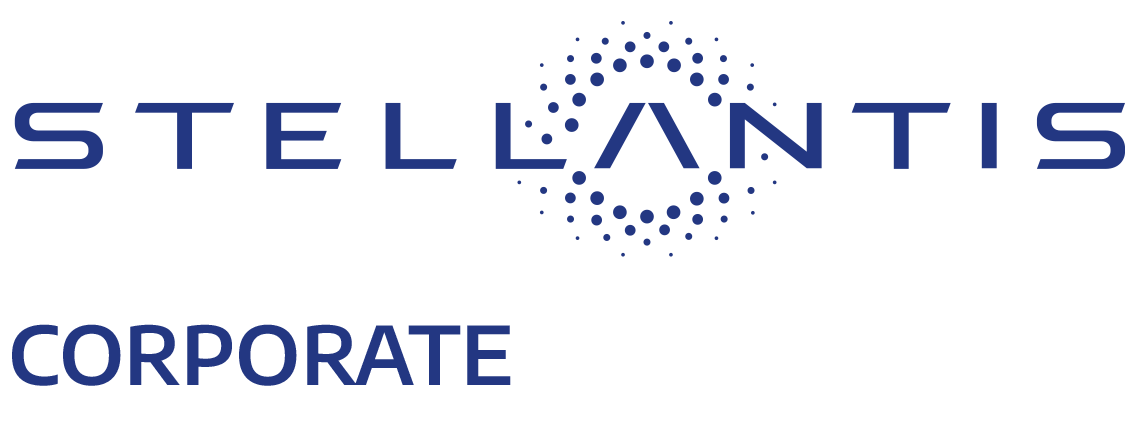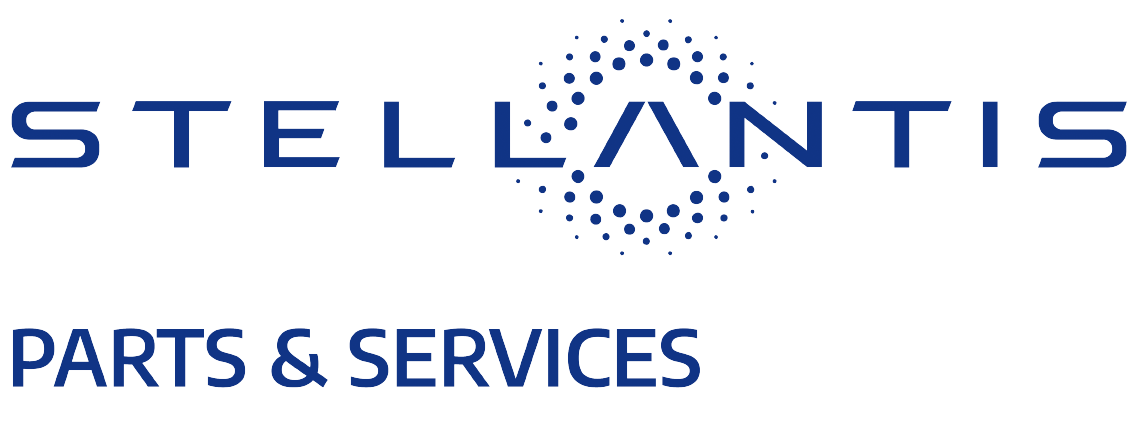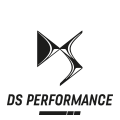Sign up for the newsletter
Sign up for the Stellantis Communications Newsletter and stay updated on all the news.
27 Mar 2017
Opel Extends Adaptive Cruise Control Offer for Astra
- More comfort, less stress: Distance to vehicle ahead automatically maintained
- Data fusion: Astra ACC integrates radar and information from front camera
- The future: ACC and driver assistance systems key components of automated driving
Rüsselsheim. The Opel Astra hatchback and Sports Tourer station wagon with adaptive cruise control (ACC) are now available with manual as well as automatic six-speed transmissions.
Compared with conventional cruise control, ACC brings additional comfort and a reduction in stress for the driver by maintaining a certain distance to the vehicle ahead. ACC automatically adjusts the speed to follow the vehicle in front according to the selected following distance. The system automatically decelerates the car when approaching a slower moving vehicle, if necessary by applying limited braking. If the vehicle ahead accelerates, ACC increases the car’s speed up to the selected set speed. ACC behaves like conventional cruise control if there is no vehicle in the driving lane ahead, but it will additionally apply the brakes to maintain the set speed when driving downhill.
The latest generation ACC from Opel uses not only the radar of conventional systems, but also the Astra’s front camera to locate a vehicle ahead in the Astra’s driving lane. The system operates at speeds between 30 and 180 km/h.
The full speed range adaptive cruise control of the Astra with automatic transmission can even brake the car to a full stop behind a preceding vehicle and provide the driver with additional support, for example in traffic jams. When the car has come to a full stop, it can automatically resume following the vehicle ahead within three seconds[1] . Otherwise, the driver selects resume by pressing the “SET-/RES+” switch or the accelerator pedal when the vehicle in front starts moving again. If the vehicle in front starts moving and the driver does not respond, ACC gives a visual and an audible reminder to relaunch the car. The system then follows the vehicle again (up to the set speed).
The driver controls ACC via switches on the steering wheel, selecting a “near”, “mid” or “far” gap for the preferred distance to the preceding vehicle. The “SET-/RES+” switch controls the speed while icons in the instrument cluster inform the driver about set speed, selected gap and if ACC has detected a vehicle ahead.
ACC and the Astra’s additional driver-assistance systems are key components of future intelligent cars and automated driving. Lane Keep Assist applies a gentle nudge of corrective steering if the Astra is about to stray out of its lane, followed by a Lane Departure Warning if it should leave its lane. Automated Emergency Braking, Integrated Brake Assist, Forward Collision Alert and Following Distance Indication help to avoid or mitigate frontal collisions. A row of red LED lights flashes on the windscreen in the driver’s field of vision if the Astra is closing too fast on the vehicle in front and a collision is imminent. The Astra’s single (mono) camera, installed at the top of the windscreen, collects the data for these systems.
Adaptive cruise control on the Opel Astra five-door hatchback and Astra Sports Tourer is available as an option with the following engines and six-speed transmissions:
|
Engine |
Gasoline / Diesel |
Transmission |
Fuel consumption l/100 km NEDC combined |
CO2 emissions g/km NEDC combined |
|
150 hp 1.4-liter ECOTEC Direct Injection Turbo |
G |
Automatic |
5.6-5.4 |
128-124 |
|
150 hp 1.4-liter ECOTEC Direct Injection Turbo |
G |
Manual |
5.6-4.9 |
130-114 |
|
200 hp 1.6-liter ECOTEC Direct Injection Turbo |
G |
Automatic |
6.1-6.0 |
142-138 |
|
200 hp 1.6-liter ECOTEC Direct Injection Turbo |
G |
Manual |
6.2-6.0 |
142-138 |
|
136 hp 1.6-liter CDTI
|
D |
Automatic |
4.6-4.4 |
122-115 |
|
136 hp 1.6-liter CDTI
|
D |
Manual |
3.9-3.8 |
104-99 |
[1] The “auto resume” function is available on the Astra with the 1.6 CDTI and 1.6 ECOTEC Direct Injection Turbo engines.
Further information about official fuel consumption, official specific CO2 emissions and consumption of electric energy can be found in the “guideline about fuel consumption, CO2 Emissions and electric energy consumption of new passenger cars” ('Leitfaden über den Kraftstoffverbrauch, die CO2-Emissionen und den Stromverbrauch neuer Personenkraftwagen') in German language, which is available free of charge at any point of sales and at DAT Deutsche Automobil Treuhand GmbH, Helmuth-Hirth-Straße 1, D-73760 Ostfildern.
Contact
Martin Golka
Group Manager International Product Communications
Tel.: +49 6142/7–55 215
Mobile: +49 151 17 47 39 54
martin.golka@opel.com
Christopher Rux
Technology Communications
Tel.: +49 6142/7-73 589
Mobile: +49 1516/2-81 4296
christopher.rux@opel.com
Other content




























